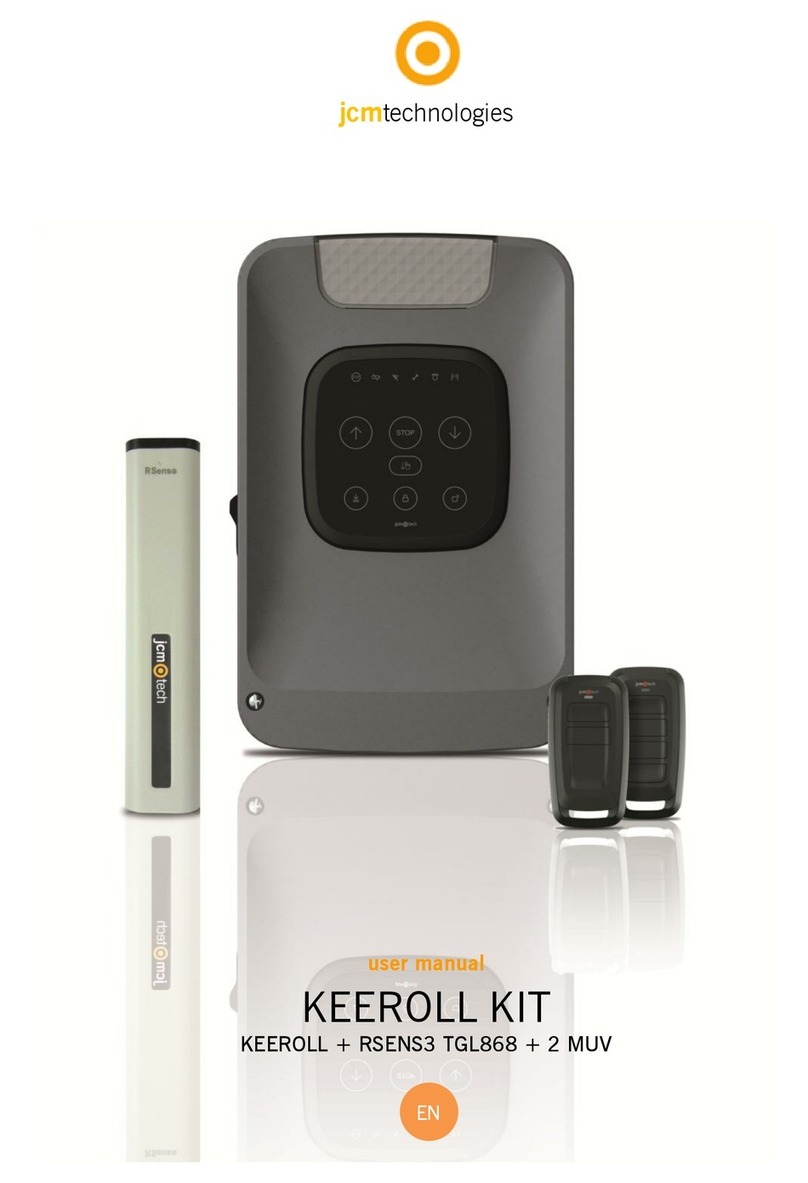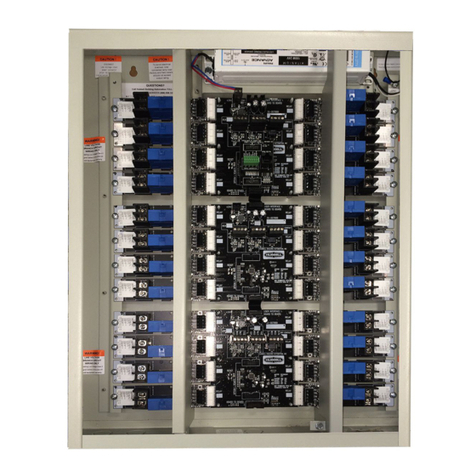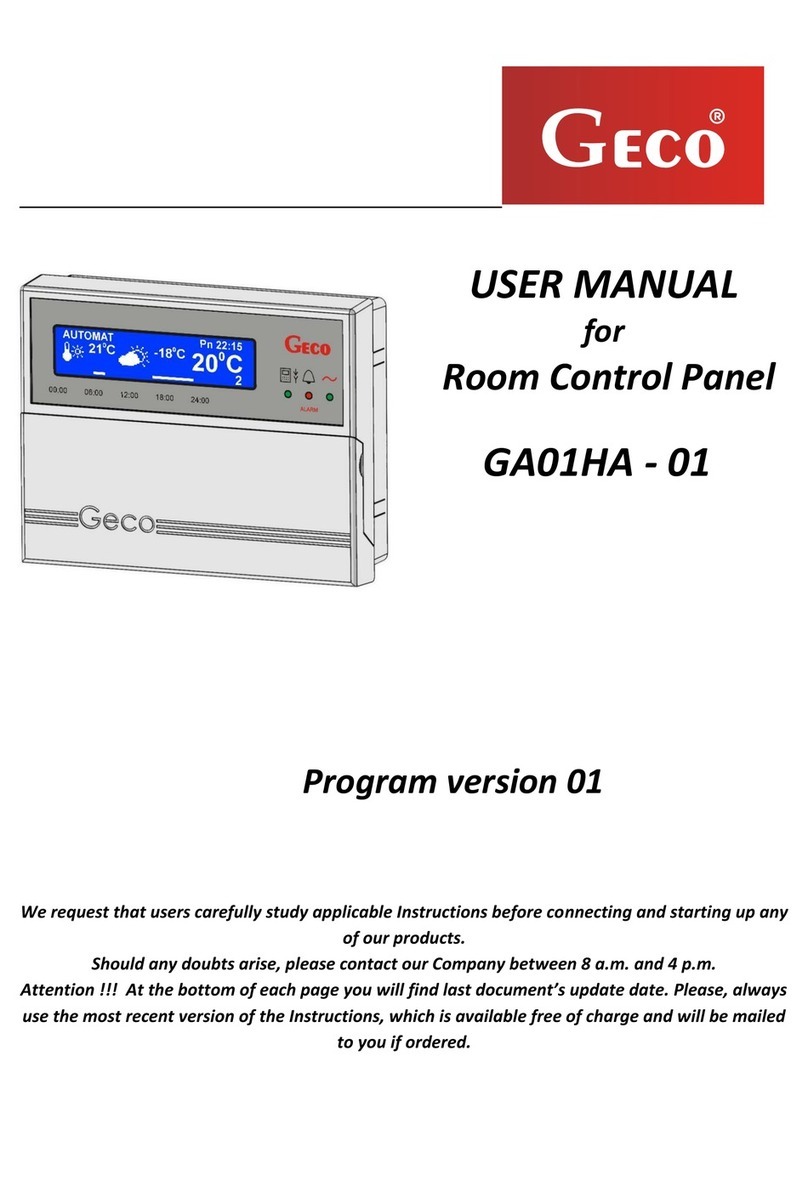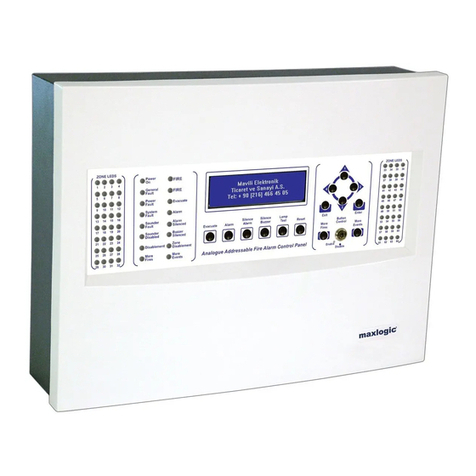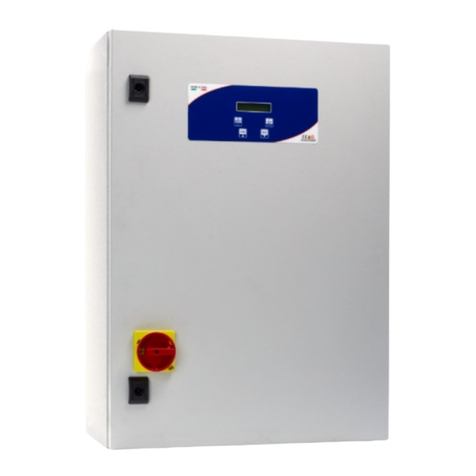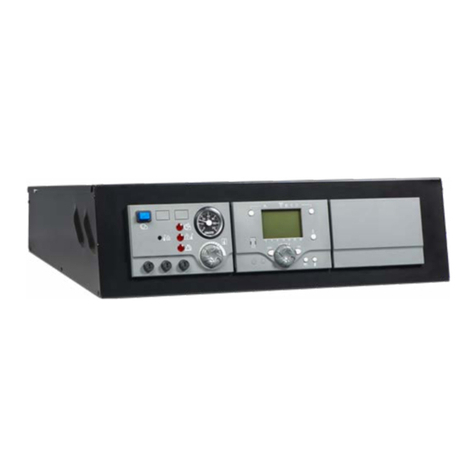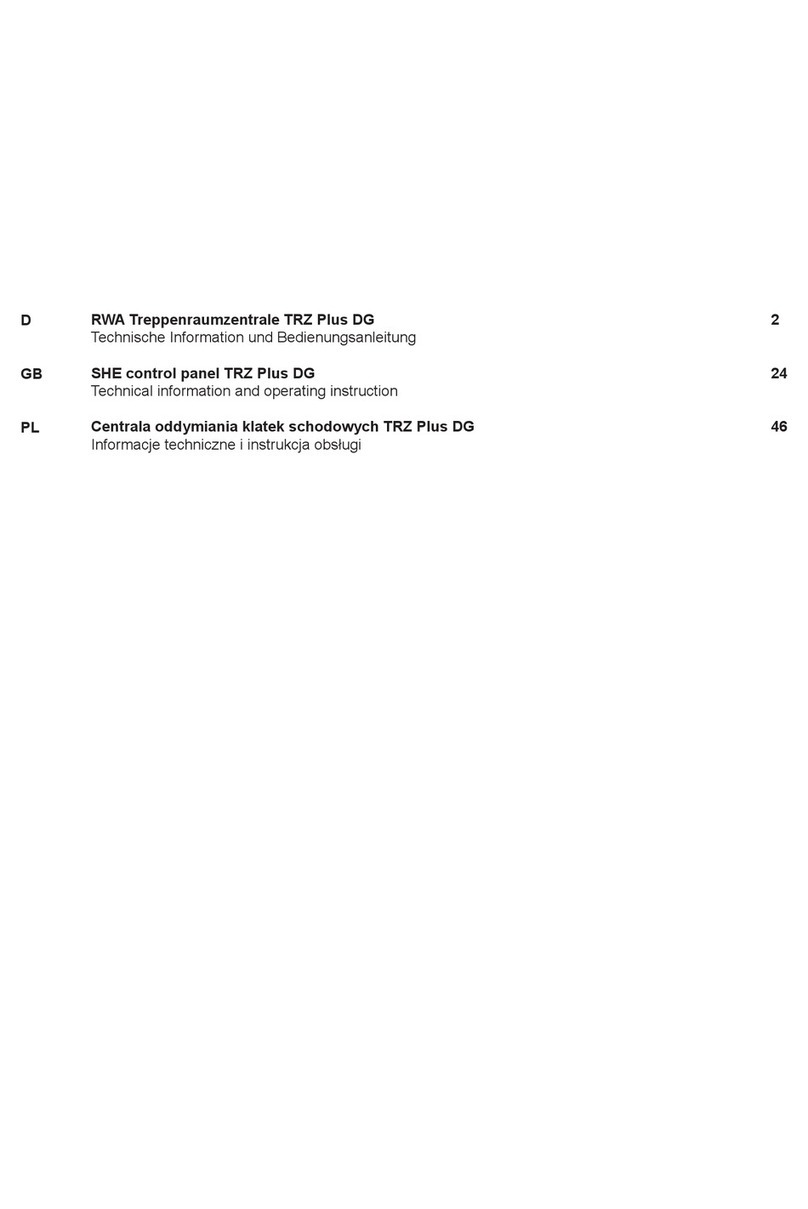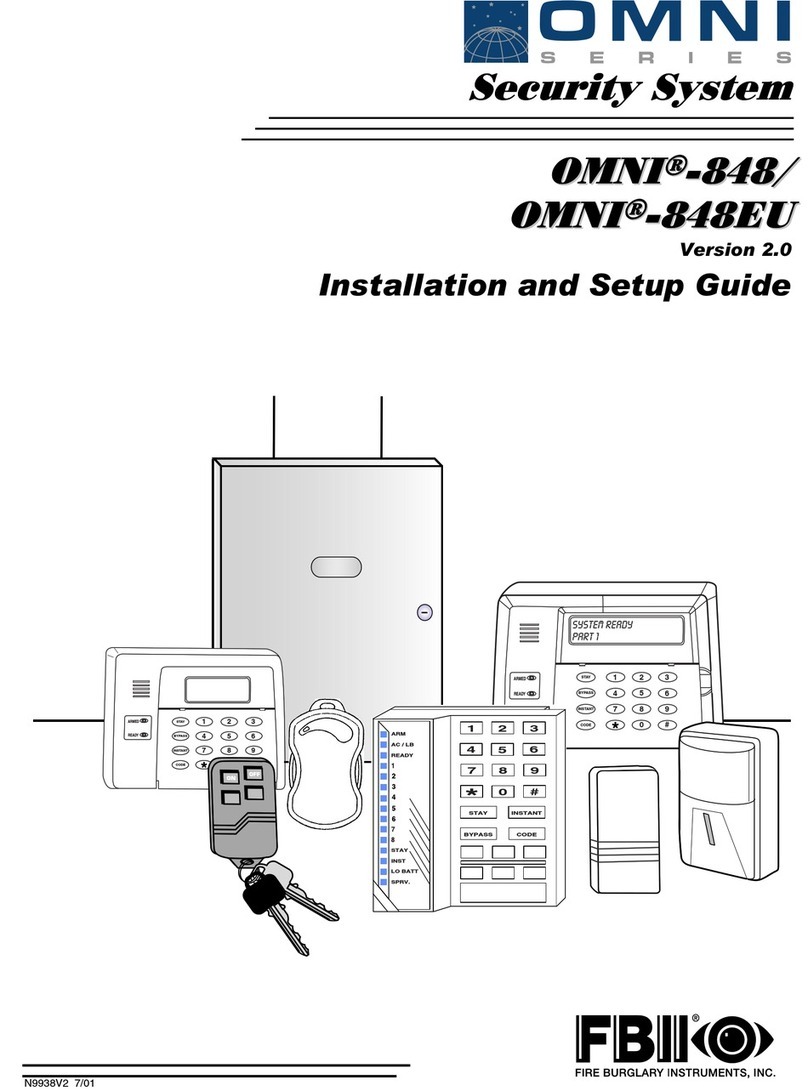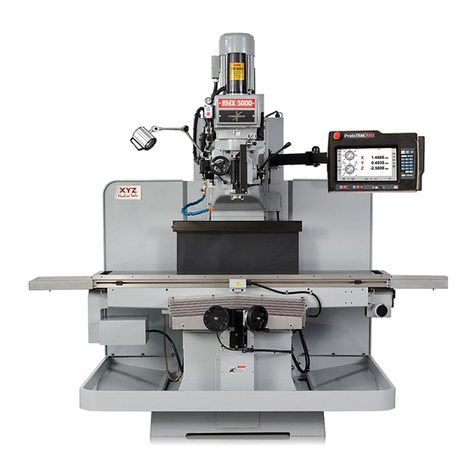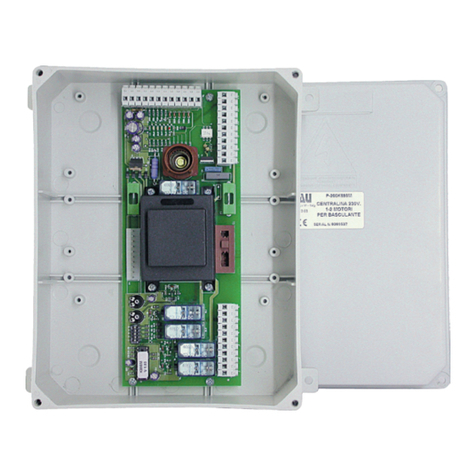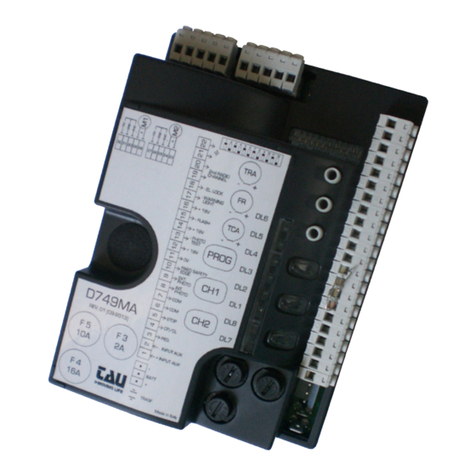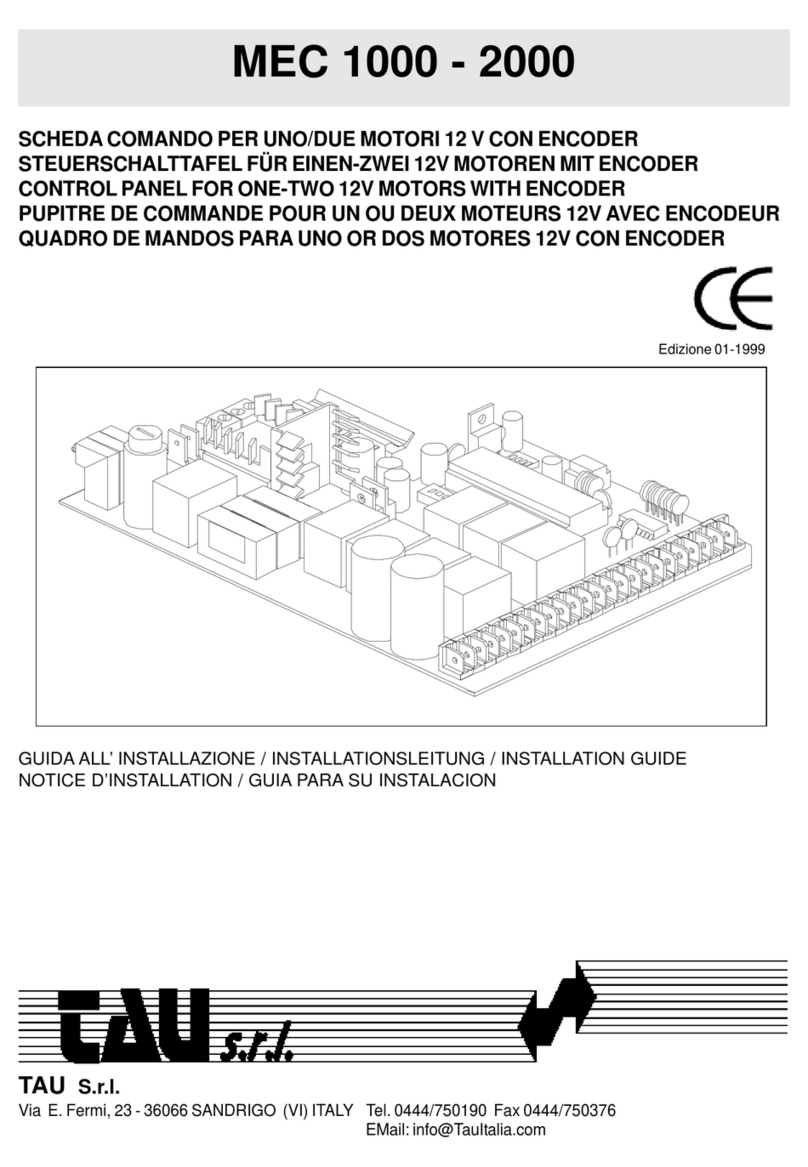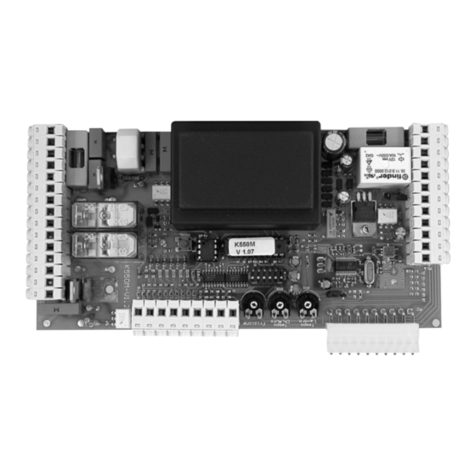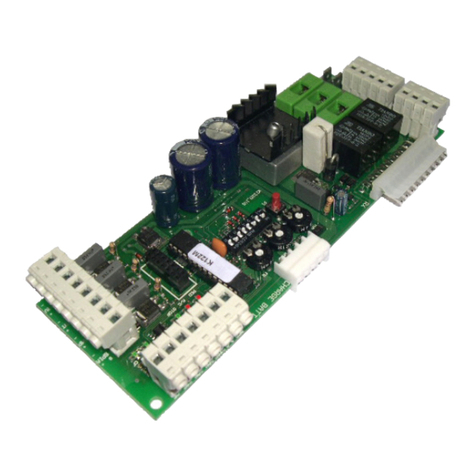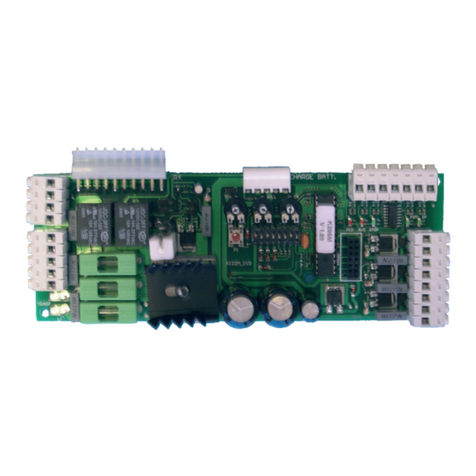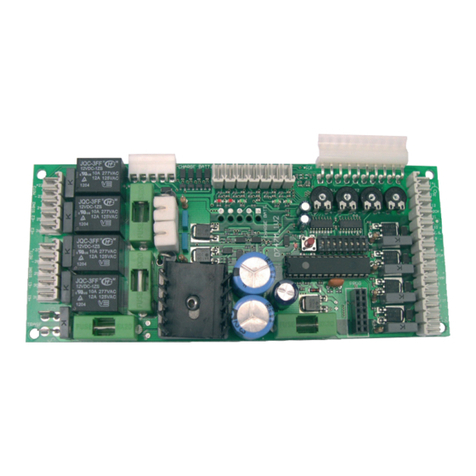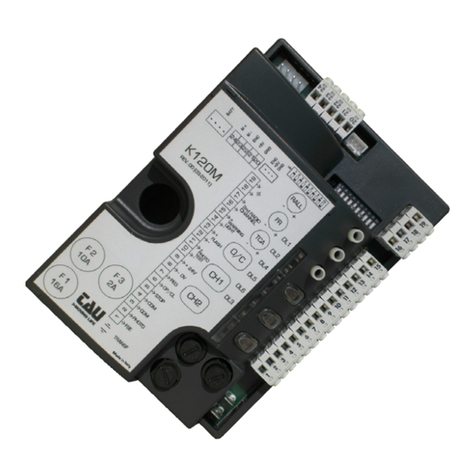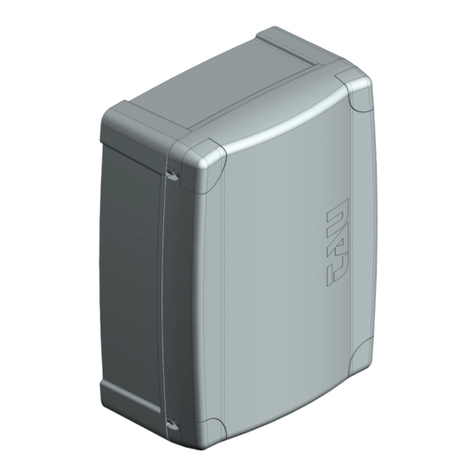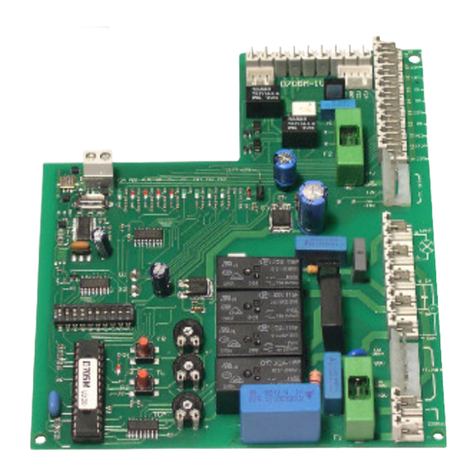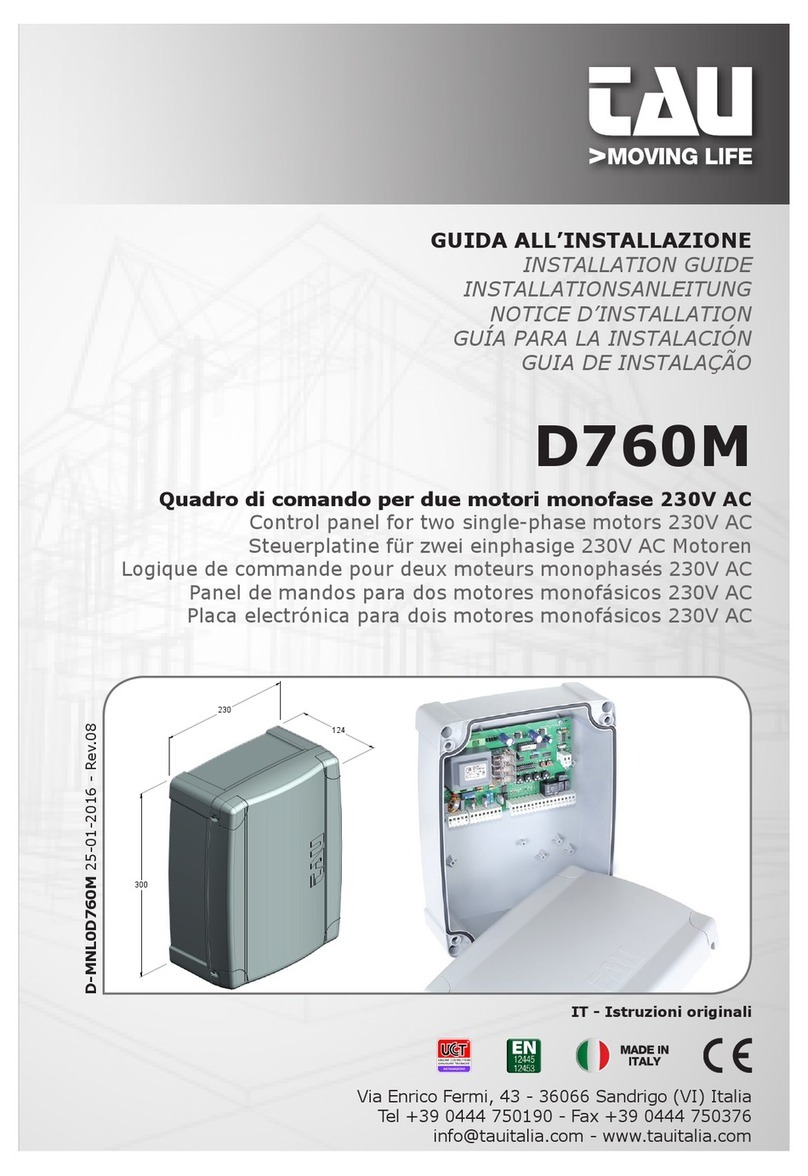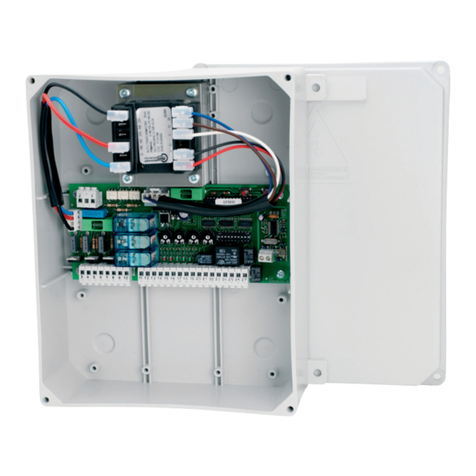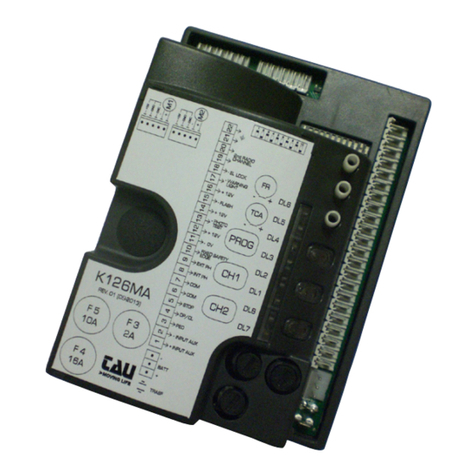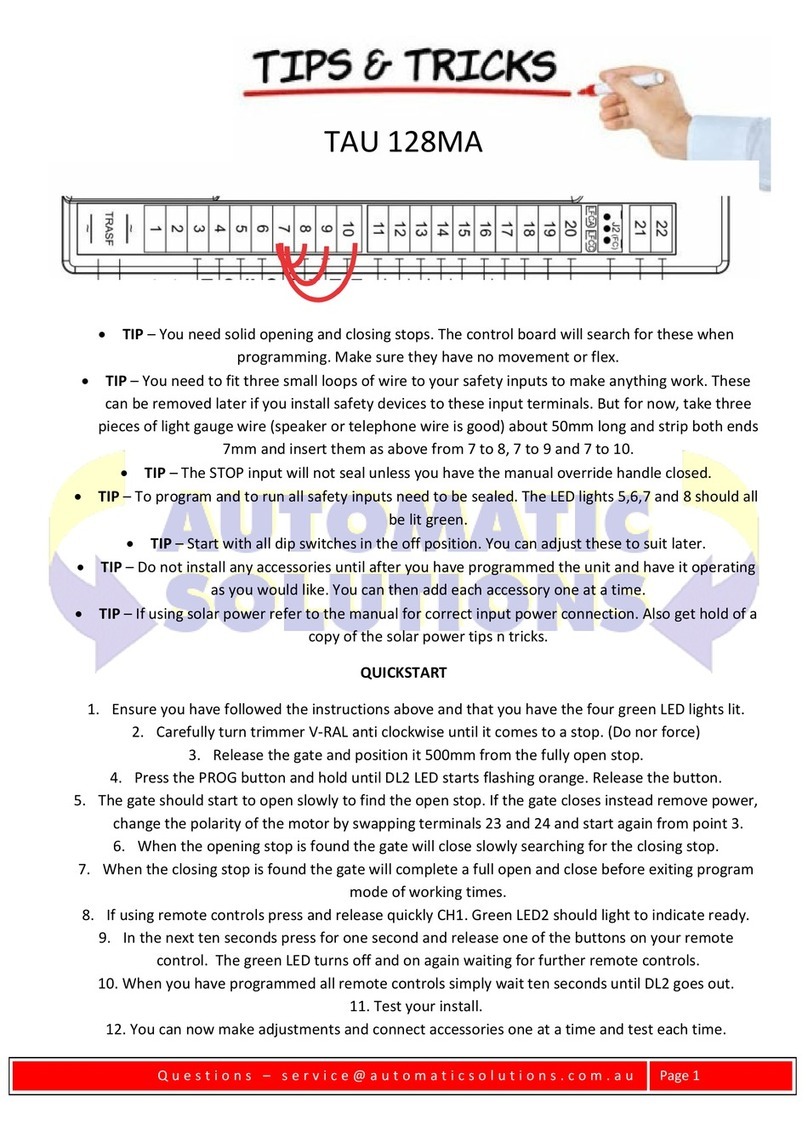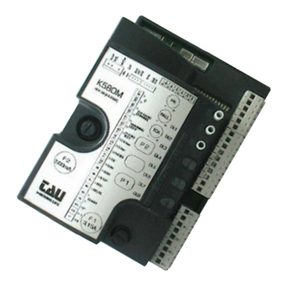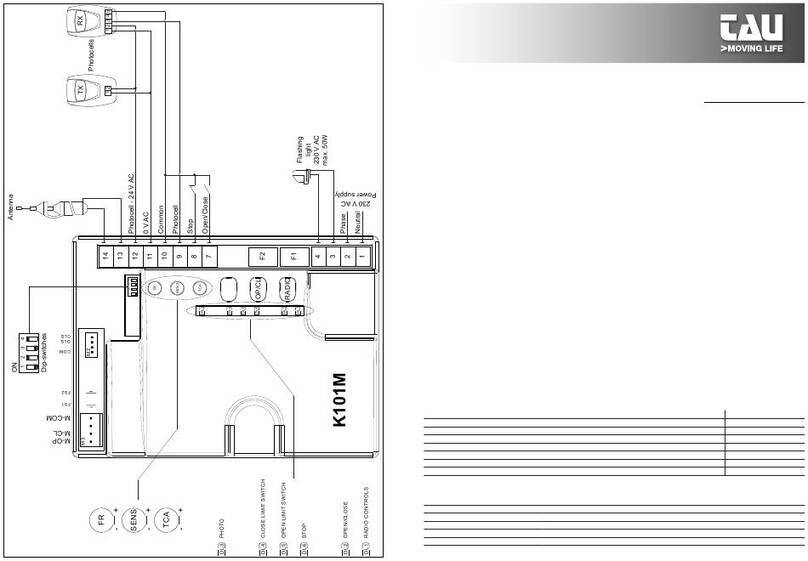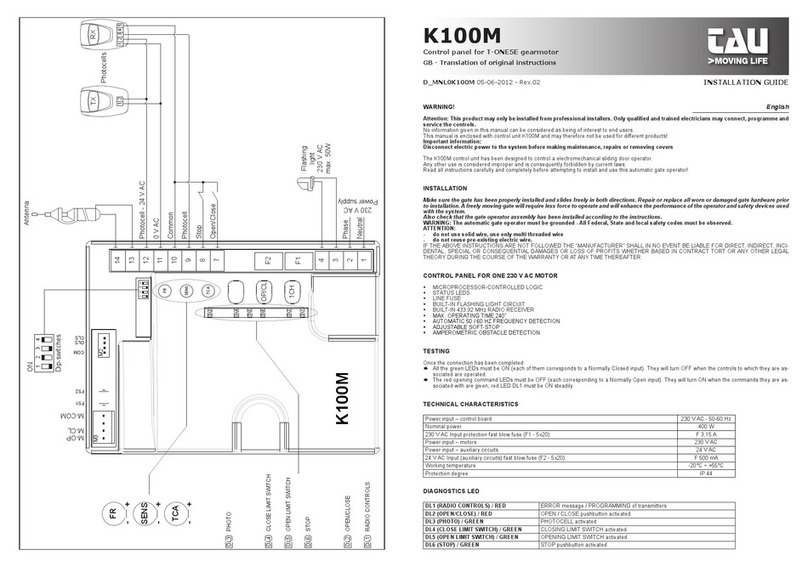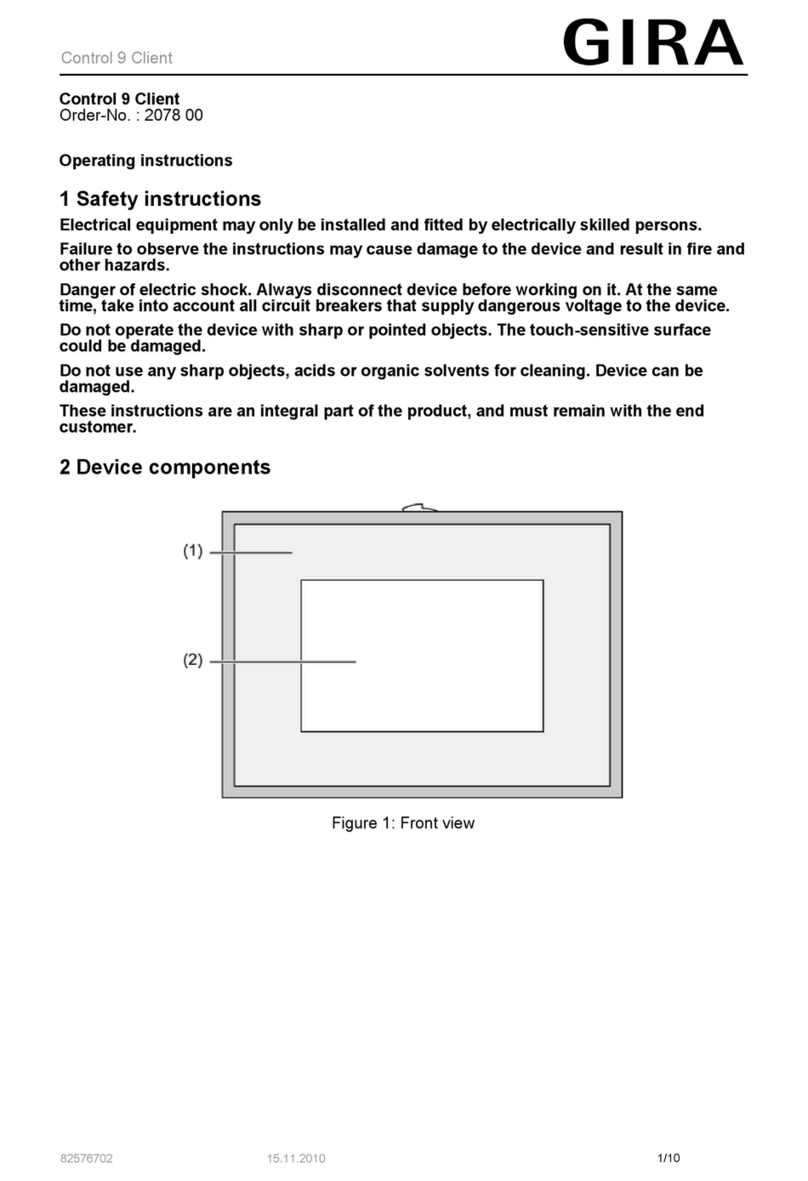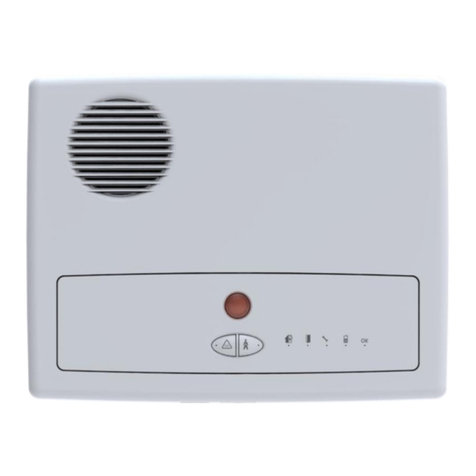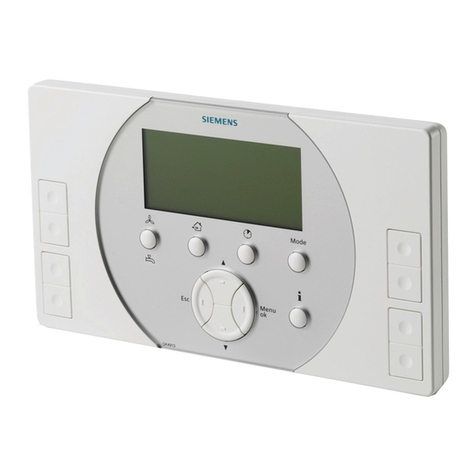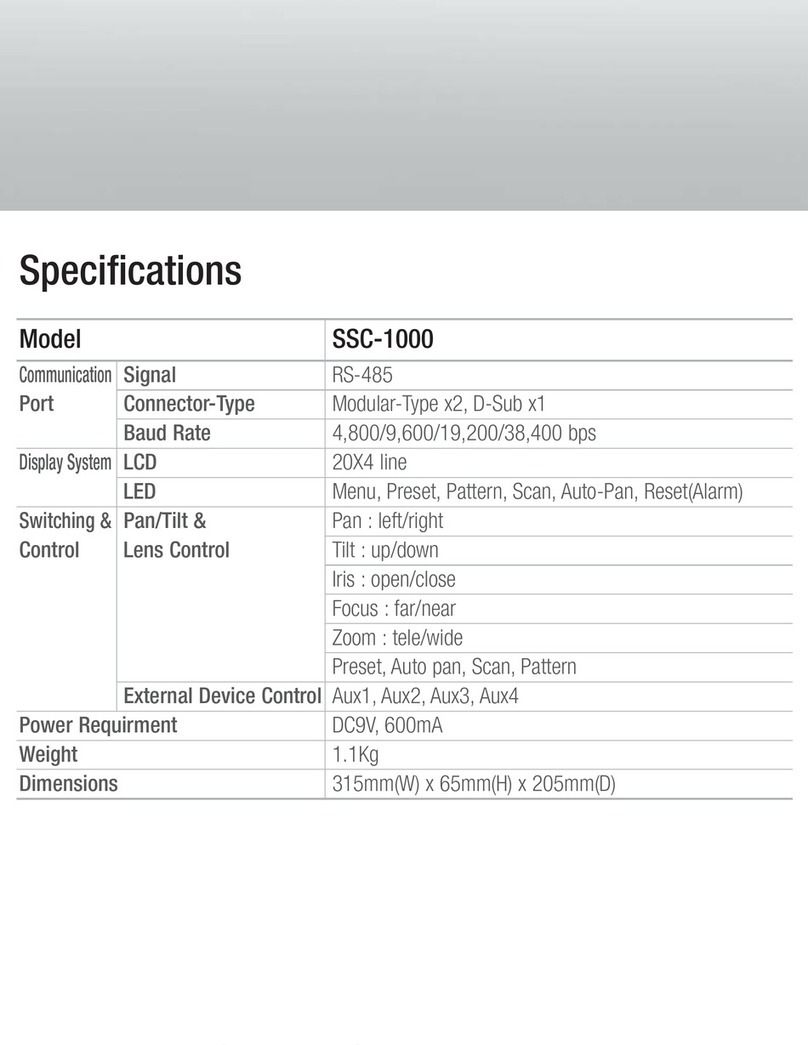
4
D704M
Introduction
Le présent manuel est destiné exclusivement au personnel technique qualifié pour l’installation.
Aucune information contenue dans ce fascicule ne peut être considérée comme intéressante
pour l’utilisateur final. Ce manuel est joint à la logique de commande D704M montée sur le
motoréducteur MASTER20Q, il ne doit donc pas être utilisé pour des produits différents !
ecommandations importantes :
Couper l’alimentation électrique de l’armoire avant d’y accéder.
L’armoire de commande D704M est destinée à la commande d’un motoréducteur
électromécanique pour l’automatisation de portails et de portes.
Toute autre utilisation est impropre et donc interdite par les normes en vigueur.
Nous nous devons de rappeler que l’automatisation que vous vous apprêtez à exécuter est
classée comme “construction d’une machine” et rentre donc dans le domaine d’application de la
Directive Européenne 89/392 CEE (Directive Machines).
Cette directive, dans ses grandes lignes, prévoit que :
- l’installation doit être exécutée exclusivement par du personnel qualifié et expert ;
- qui effectue l’installation devra procéder au préalable à “l’analyse des risques” de la ma-
chine ;
- l’installation devra être faite dans les “règles de l’art”, c’est-à-dire en appliquant les nor-
mes ;
- l’installateur devra remettre au propriétaire de la machine la “déclaration de conformité”.
Il est donc clair que l’installation et les éventuelles interventions de maintenance doivent être
effectuées exclusivement par du personnel professionnellement qualifié, conformément aux
prescriptions des lois, normes ou directives en vigueur.
Dans le projet de ses appareils, TAU respecte les normes applicables au produit (voir la
déclaration de conformité jointe) ; il est fondamental que l’installateur lui aussi, lorsque qu’il
réalise l’installation, respecte scrupuleusement les normes.
Tout personnel non qualifié ou ne connaissant pas les normes applicables à la catégorie des
“portails et portes automatiques” doit absolument s’abstenir d’effectuer des installations.
Qui ne respecte pas les normes est responsable des dommages que l’installation pourra
causer !
Nous conseillons de lire attentivement toutes les instructions avant de procéder à l’installa-
tion.
Français
Introducción
Este manual está destinado sólo al personal técnico cualificado para la instalación. Ninguna
información contenida en este manual puede ser considerada interesante para el usuario final.
Este manual se adjunta a la centralina D704M montada en el motorreductor MASTER20Q y, por
lo tanto, no debe utilizarse para productos diversos.
Advertencias importantes:
Corte la alimentación de red a la tarjeta antes de acceder a ella.
La central D704M está destinada al accionamiento de un motorreductor electromecánico para
la automatización de cancelas, puertas y portones.
Cualquier otro uso es considerado inadecuado y, por consiguiente, está prohibido por las
normativas vigentes.
Es nuestro deber recordarle que la automatización que está por realizar está clasificada como
«construcción de una máquina» y, por consiguiente, entra dentro del campo de aplicación de la
directiva europea 89/392 CEE (Directiva de máquinas).
Dicha normativa, en los puntos fundamentales, prevé que:
Español




















